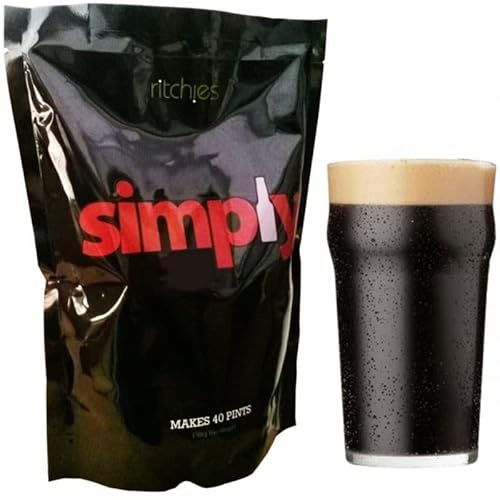- Joined
- Oct 13, 2020
- Messages
- 1,699
- Reaction score
- 1,100
So the 'accepted' water profile for a hoppy beer like a NEIPA seems to be one with a high Chloride content. But high chloride water profile accentuates maltiness and malt sweetness. high Sulphate water profile accentuates the perception of hops.
I thought one of the main goals of a NEIPA is to push the malt contribution to the back and bring forward the impact and flavour of the hops. So why is the accepted water profile for a NEIPA one that accentuates malt and sweetness? I would have thought that is the opposite of what you want to do.
I know that a high chloride water profile also accentuates mouthfeel, but surely if you're sticking a load of oats and wheat I there then there and a final gravity on the higher side then there should be enough mouthfeel contribution from that?
Anyone experimented with this to see if the other water profile works best?
I have found a Brulosophy Experiment on just this topic but the results were 'inconclusive'!
Another question is around the 'rule' that adding sugar dries out the beer. Not sure what this actually means...I understand that the body of the beer depends on your FG. So low FG results in a dryer beer with a thinner mouthfeel, and a higher FG results in a sweeter beer with a fuller richer mouthfeel. So in my mind if you have two different beers with the same FG then they should have the same body and level of dryness. If you add sugar then as long as that sugar is 100% fermentable then you should end up at the same FG....you are boosting gravity when you add the sugar over and above that from the malt, but if all of that is fermented then you just end up at the same FG you would have ended up at if you didn't add the sugar, so same body and level of dryness, but higher ABV. And if the sugar you add is not 100% fermentable then you will end up at a higher FG increase the body and mouthfeel. Maybe I've got the definition of dryness wrong and muddled it up with mouthfeel and body?
I thought one of the main goals of a NEIPA is to push the malt contribution to the back and bring forward the impact and flavour of the hops. So why is the accepted water profile for a NEIPA one that accentuates malt and sweetness? I would have thought that is the opposite of what you want to do.
I know that a high chloride water profile also accentuates mouthfeel, but surely if you're sticking a load of oats and wheat I there then there and a final gravity on the higher side then there should be enough mouthfeel contribution from that?
Anyone experimented with this to see if the other water profile works best?
I have found a Brulosophy Experiment on just this topic but the results were 'inconclusive'!
Another question is around the 'rule' that adding sugar dries out the beer. Not sure what this actually means...I understand that the body of the beer depends on your FG. So low FG results in a dryer beer with a thinner mouthfeel, and a higher FG results in a sweeter beer with a fuller richer mouthfeel. So in my mind if you have two different beers with the same FG then they should have the same body and level of dryness. If you add sugar then as long as that sugar is 100% fermentable then you should end up at the same FG....you are boosting gravity when you add the sugar over and above that from the malt, but if all of that is fermented then you just end up at the same FG you would have ended up at if you didn't add the sugar, so same body and level of dryness, but higher ABV. And if the sugar you add is not 100% fermentable then you will end up at a higher FG increase the body and mouthfeel. Maybe I've got the definition of dryness wrong and muddled it up with mouthfeel and body?









































